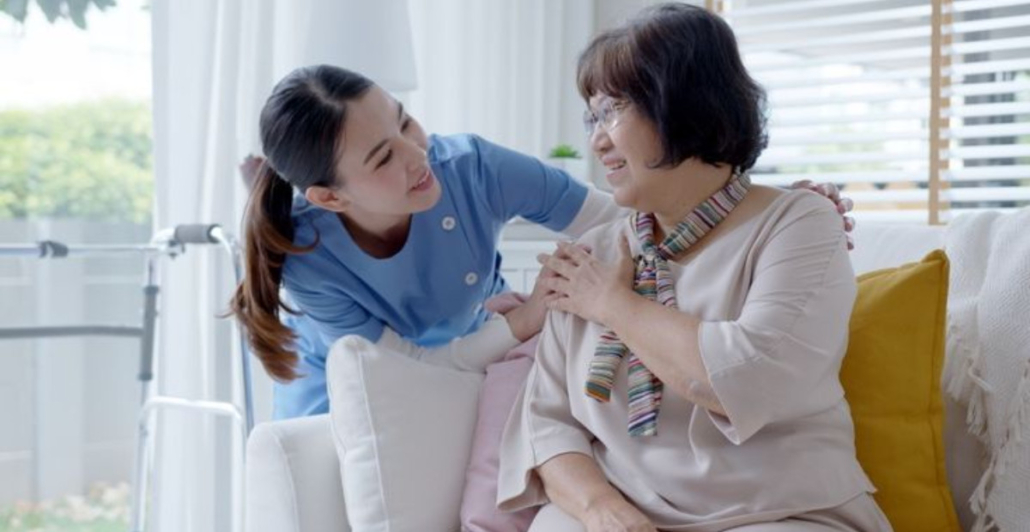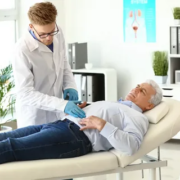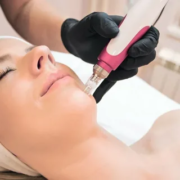How Senior Living Communities Are Becoming Wellness Havens

In recent years, senior living communities have undergone a profound transformation. What were once seen as mere retirement facilities have evolved into vibrant, health-focused environments that prioritize the physical, emotional, and mental well-being of their residents. No longer just a place to reside after retirement, these communities are now becoming true wellness havens — places where seniors not only live but thrive.
The Shift Toward Holistic Well-being
Traditionally, senior living focused heavily on basic medical care and safety. Today, however, there is a growing understanding that well-being encompasses much more. Wellness in modern senior communities includes physical health, social engagement, emotional support, intellectual stimulation, and spiritual fulfillment.
This shift is driven by a changing population. Today’s seniors are more active, more health-conscious, and more interested in living life to the fullest, even in their later years. Senior living providers are responding by redesigning their communities to meet these evolving expectations.
Physical Wellness as a Foundation
Fitness and mobility are critical to maintaining independence in older age. As a result, many senior communities now offer structured fitness programs tailored to different levels of ability. From daily yoga and tai chi sessions to aquatic therapy in heated pools, residents are encouraged to stay active.
Communities are also focusing on healthy nutrition. On-site chefs prepare balanced meals that cater to dietary needs such as diabetes, heart health, or low-sodium diets. Fresh ingredients, often locally sourced, are becoming a norm. Nutritional counseling and wellness coaching are also increasingly offered, promoting longevity and vitality.
Mental and Emotional Health Support
Mental health is a major component of overall well-being, especially in older adults who may face isolation, anxiety, or cognitive decline. Wellness-focused senior communities now incorporate mental health services directly into their care offerings.
Activities such as group therapy, mindfulness meditation, music therapy, and art workshops are common. These help residents express themselves, stay mentally engaged, and connect with others. Memory care programs, especially for residents experiencing dementia or Alzheimer’s, have become more innovative and compassionate, using sensory stimulation and personalized therapies to enhance quality of life.
Social Connections and Community Engagement
Social isolation can significantly impact a senior’s mental and emotional health. Modern senior living communities prioritize community-building and connection. Communal dining spaces, hobby groups, volunteer opportunities, and regular events create an environment where relationships can flourish.
Some communities even implement intergenerational programs, bringing in local school children, college students, or young professionals for mentorship and social interaction. These initiatives foster a sense of purpose and belonging among residents.
Intellectual and Spiritual Wellness
To nurture intellectual curiosity, senior communities now provide a variety of learning opportunities. From guest lectures and book clubs to language classes and computer training, residents are encouraged to keep their minds sharp and engaged.
Spiritual wellness is also supported through meditation spaces, on-site chapels, or transportation to places of worship. Residents can explore their faith, values, and inner peace in a setting that respects and supports their beliefs.
Technology and Innovation in Senior Wellness
Technology is playing an increasing role in transforming senior living into a wellness-centric experience. Many communities are equipped with telehealth services, allowing residents to consult with specialists without leaving the campus.
Wearable health monitors track vitals and physical activity, while emergency alert systems ensure immediate response in case of any incidents. Even social media workshops and virtual reality experiences are helping seniors stay connected and mentally stimulated.
A Local Example of the Trend
Senior Citizen Homes In Chennai are a great example of this wellness-focused evolution. These communities have adapted to offer more than just care; they provide an environment that fosters happiness, health, and dignity. With Chennai’s rich cultural heritage and access to quality medical care, these homes have become attractive not just for local residents but also for retirees from other regions.
Many of these homes offer wellness amenities like walking trails, wellness spas, community gardens, meditation rooms, and physiotherapy centers. Cultural programs and traditional activities are integrated with modern wellness practices, giving residents the best of both worlds.
Looking Ahead
As the population ages, the demand for senior living options that prioritize holistic wellness will continue to grow. Future developments are likely to include even greater personalization of care, more sustainable and eco-friendly design, and deeper integration of technology to support independence and well-being.
Ultimately, the goal is to create environments where seniors are not just surviving, but thriving — where they feel empowered, connected, and joyful. Senior living is no longer about slowing down; it’s about living life to the fullest, with wellness at its core.









